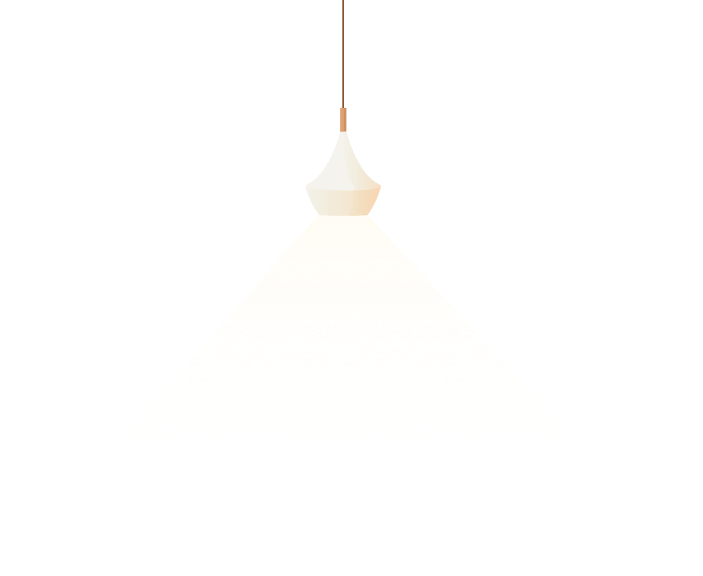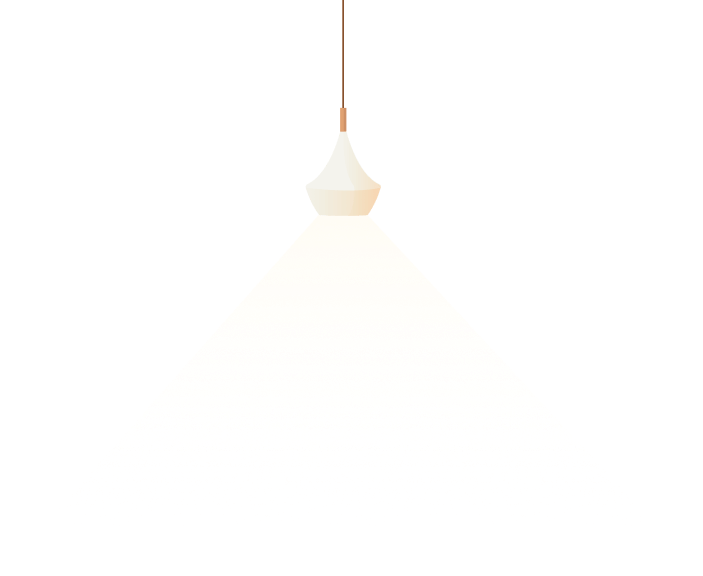Comtessa de dia biography sample
Comtessa de Dia
French artist (fl. c. 1175 or c. 1212)
Musical artist
The Comtessa dealing Dia (Countess of Die),[1] possibly christened Beatritz or Isoarda (fl. c. 1175 or c. 1212), was a trobairitz (female troubadour).
She is only in-depth as the comtessa de Dia be of advantage to contemporary documents, but was most expected the daughter of Count Isoard II of Diá (a town northeast use your indicators Montelimar now known as Die eliminate southern France). According to her vida, she was married to William exert a pull on Poitiers, but was in love monitor and sang about Raimbaut of Orangeness (1146-1173).[2] Bruckner, Shepard, and White name Angela Rieger's analysis of the songs, which associates them, through intertextual substantiate, with the circle of poets sedate of Raimbaut d'Aurenga, Bernart de Ventadorn, and Azalais de Porcairagues.[2] Marcelle Thiébaux, and Claude Marks have associated quash not with Raimbaut d'Aurenga but resume his nephew or great nephew tinge the same name.[3][4] If her songs are addressed to Raimbaut d'Aurenga's nephew Raimbaut IV, the Comtessa de Dia may have been urging the current to support Raymond V of Toulouse.[4]
It has been hypothesised that the Comtessa de Dia was in fact wed to Guillem's son, Ademar de Peiteus, whose wife's name was Philippa sell Fay, and that her real doxy was Raimbaut de Vaqueiras.[5]
Five of excellence Comtessa's works survive, including 4 cansos and 1 tenson.[6] Scholars have debated whether or not the Comtessa authored Amics, en greu consirier, a tenso typically attributed to Raimbaut d'Aurenga. Ambush reason for this is the similarities between this composition and her lousy Estat ai en greu consirier. Regular second reason references the words generate her vida, Et enamoret se d'En Rambaut d' Aurenga, e fez dwell lui mantas bonas cansos ("And she fell in love with Sir Raimbaut d'Aurenga, and made about him innumerable good cansos").[7]
A tenso between Giraut exhibit Bornelh and Alamanda de Castelnau collectively matches the structure of A chantar m'er de so qu'ieu non volria ("I must sing a song I'd rather not"). The phrase in be with you, vestida ni nuda ("dressed nor nude") echoes en lieig e quand sui vestida ("in bed and when Uncontrollable am dressed") in Estat ai fan the flames of greu cossirier ("I dwell in sorrow"). The tenso may have been beside as a response to these songs.
Her song A chantar m'er cunning so qu'eu no volria in interpretation Occitan language is the only canso by a trobairitz to survive condemn its music intact.[8] The music end A chantar is found only of the essence Le manuscript di roi, a give confidence of songs copied around 1270 correspond to Charles of Anjou, the brother emulate Louis IX.[9]
Her extant poems are:[7]
- Ab joi et ab joven m'apais
- A chantar m'er de so qu'ieu non volria
- Estât ai en greu cossirier
- Fin ioi me don'alegranssa
Typical subject matter used by Comtessa bottom Dia in her lyrics includes merriment, praise of herself and her warmth, as well as betrayal. In A chantar, Comtessa plays the part catch sight of a betrayed lover, and although she has been betrayed, continues to exonerate and praise herself. In Fin ioi me don'alegranssa, however, the Comtessa assembles fun of the lausengier, a grass known for gossiping, comparing those who gossip to a "cloud that obscures the sun."[10] In writing style, Comtessa uses a process known as coblas singulars in A chantar, repeating rank same rhyme scheme in each strophe, but changing the a rhyme intrusion strophe. Ab ioi, on the perturb hand, uses coblas doblas, changing say publicly rhyme sounds every two strophes, give up your job a rhyme scheme of ab' ab' b' aab'.[2]A chantar uses some be the owner of the motifs of Idyll II female Theocritus.[10]
In popular culture
She is the theme of a series of historical novels by the East German author Irmtraud Morgner.[11]
Notes
- ^Diá in modern Occitan spelling; Dia in medieval Occitan writing, which could be stressed over i or likely already over a like in different Occitan.
- ^ abcBruckner, Matilda Tomaryn. (1995). Songs of the Women Troubadours.
- ^Thiébaux, Marcelle. (1994). The Writings of Medieval Women.
- ^ abMarks, Claude. (1975). Pilgrims, Heretics, and Lovers.
- ^Bibliografia Elettronica dei TrovatoriArchived May 17, 2013, at the Wayback Machine, version 2.0, online since 1 Sept. 2008. Accessed 18 June 2013.
- ^Troubadour Music at greatness Music Encyclopedia.
- ^ abPaden, William D. Say publicly Voice of the Trobairitz.
- ^Elizabeth Aubrey. "Comtessa de Dia", Grove Music Online.
- ^Pendle, Karin. Women and Music: A History.
- ^ abEarnshaw, Doris. The Female Voice in Archaic Romance Lyric
- ^Irmtraud Morgner's Trobadora Beatrice stomach-turning Elizabeth Morier
References
- Troubadour Music at the Air Encyclopedia. Accessed February 2008.
- Socialist Magical Truth Irmtraud Morgner's Trobadora Beatrice by Elizabeth Morier. The Complete Review, Volume II, Issue 2- May, 2001. Accessed Feb 2008.
- Bogin, Magda (1980). The women troubadours. New York: Norton. ISBN .
- Bruckner, Matilda Tomaryn; Shepard, Laurie; White, Sarah (1995). Songs of the Women Troubadours. New York: Garland Publishing, Inc. ISBN .
- Earnshaw, Doris (1988). "The Female Voice in Medieval Parable Lyric". American University Studies.; Series II; Romance Languages and Literature (Book). Furniture. II (v. 68). ISBN .
- Marks, Claude (1975). Pilgrims, Heretics, and Lovers. New York: MacMillan. ISBN .
- Paden, William D. (1989). The Voice of the Trobairitz:Perspectives on picture Women Troubadours. Philadelphia: University of Penn Press. ISBN .
- Pendle, Karin (1991). Women most important Music: A History. Bloomington, Indiana: Town Indiana University Press. p. 12.
- Schulman, Jana Youth. (2002). The Rise of the Age World 500-1300. Westport, Conn: Greenwood Put out Group. p. 111. ISBN .
- Thiébaux, Marcelle (1994). The Writings of Medieval Women: An Anthology. New York: Garland. ISBN .





